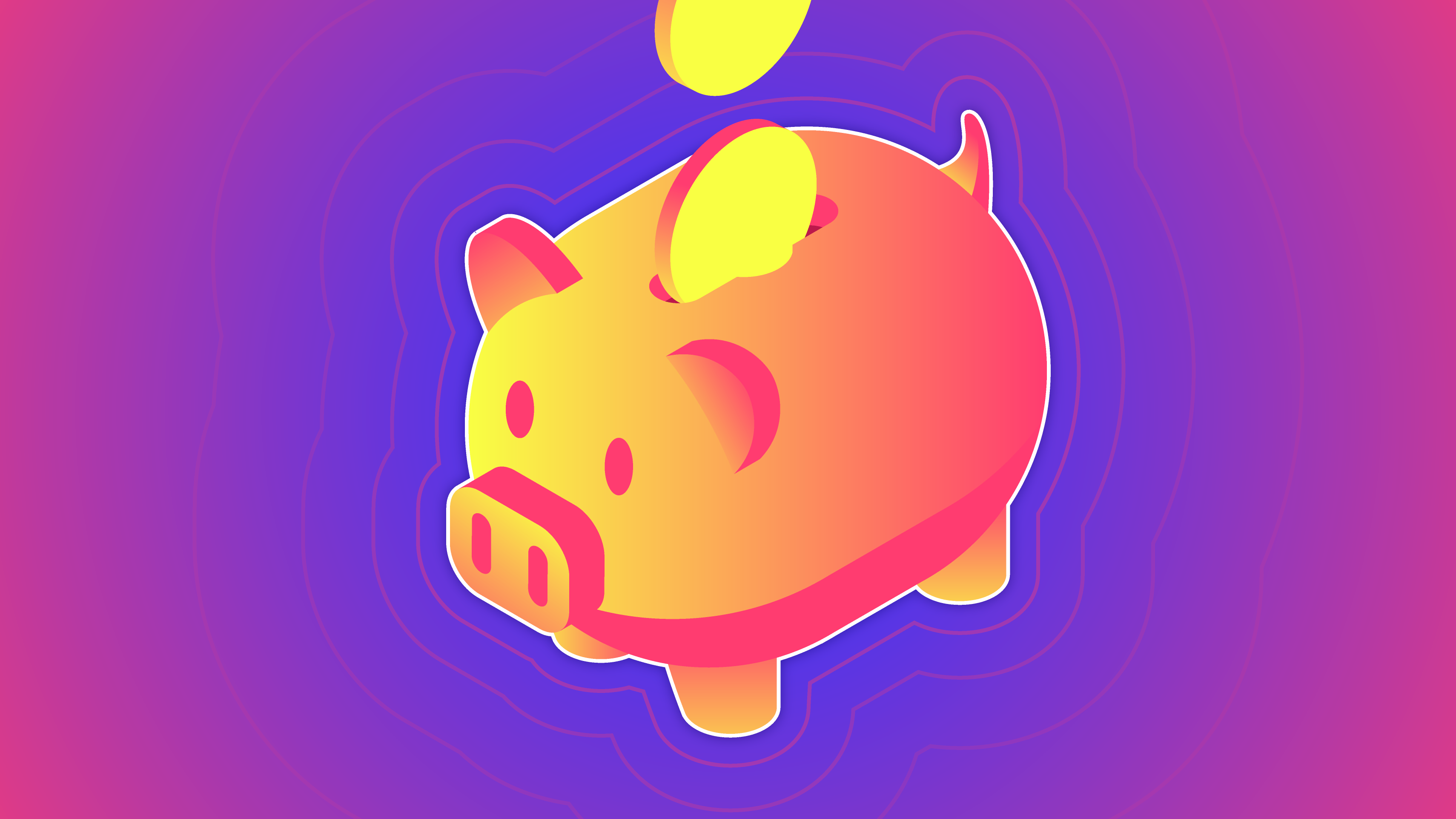Marketing initiatives can be a huge budget-drainer. According to a survey, 40% of organizations report proving the ROI of marketing activities as their biggest challenge (second leading response), while 28% say it’s securing budget (third). So it’s no secret, popular marketing tactics can get pretty pricey. But this doesn’t always have to be the case. Plenty of major brands experimented with cost-free solutions which resulted in considerable success. Take some inspiration from how these brands pulled off all-star, yet affordable campaigns.
Burger King explained Net Neutrality
Even though the fast food giant typically refrains from getting involved with politics, they did experiment in the space for one marketing campaign. Burger King tackled the controversial topic of net neutrality through an educational YouTube video. Even though the subject matter veered far from their products, the video resulted in 1.5 million Twitter views, 4.6 million on YouTube, and 15 million of Facebook.
How would you explain the repeal of Net Neutrality? We did it with the Whopper. Watch the video below: pic.twitter.com/9EWjtbenv8
— Burger King (@BurgerKing) January 24, 2018
Burger King is recognized on a global scale, so it didn’t matter that the video was irrelevant to their typical advertising messages. Even for smaller brands, engaging in the conversation about a hot topic can drive traffic and awareness. Plus, an easily shareable video is especially effective. It’s the ideal format as 54% of consumers express a desire to see more video content.
Casper builds consumer connections
Casper has nailed their brand voice. They consistently employ a tongue-in-cheek, relatable tone. And their interactions on social media are no exception. Casper frequently engages with their audience in meaningful ways. Take the example below. Rather than offering a quick response, Casper took the time to write a funny letter. Not only does this demonstrate an appreciation of their followers, this also builds upon an approachable image.
@yohugogo pic.twitter.com/l5IXivIbep
— Casper (@Casper) August 24, 2016
Social media engagement is a powerful tool — 90% of marketers report that social media has improved their business exposure. Any brand can allocate this responsibility and contribute a little extra time and thought into their social interaction strategies.
IHOP dabbled with IHOB
Looking to revamp your relevancy? Make a big change, even a temporary one. IHOP took a brilliant approach to resurging their brand. Rather than simply announcing a new burger offering, IHOP changed their name to IHOB. IHOP has been a longstanding chain, so this definitely caught the media’s attention. Other brands took to commenting on the switch while digital publications were quick to voice an opinion too.
Dear Internet, we abbreciate your batience. Now let’s see who guessed right. B-hold!!!!! #IHOb pic.twitter.com/Fh3SkZ7s3Y
— IHOP (@IHOP) June 11, 2018
As a result, the campaign quadrupled IHOP’s sales even though the B was soon replaced by the P all know and love. Sometimes you need to be bold. A name change might seem extreme, but as IHOP demonstrated, it doesn’t have to be a permanent change to make an impact.
Domino’s X Tinder heated things up with Dom Juan
Or get on @Tinder and swipe to find me, Dom Juan, your #ValentinesDay2018 wingbot. I'm ready with the cheesiest lines for you to try on your matches. #OfficialFoodOf Tasty Chat-Up Lines. Cupid approved pic.twitter.com/PWHBNVl0qt
— Domino's Pizza UK (@Dominos_UK) February 14, 2018
Valentine’s Day is a huge event for both Domino’s and Tinder. While Domino’s reports a significant uptake in sales, Tinder reports a 20% surge on February 14. To make the most of the occasion, the brands joined forces in 2018 and launched their “Dom Juan” chatbot. Basically, the fake character profile offered Tinder users the cheesiest lines to use on their matches. Domino’s was able to maximize their outreach by using Tinder’s context, a key market for them.
VCCP validated the success. It drove a 35X return on advertising spend and an increased sales rate of 10% (compared to the year prior). Sure, some spending was initially involved here. But the example argues the case for a mutually beneficial partnership. It should be a tactical one like here in which there’s enough overlap but not competition amongst the brands. Additionally, you can take a cue from their strategy and consider ways to use your own offering as a springboard for marketing.
GoPro rolls out UGC
User generated content (UGC) works on several levels. For one, it gives your brand access to free content that comes straight from the horse’s mouth, so to speak. In fact, user-generated videos get 10X more views on YouTube than branded content. GoPro is one brand that makes the most of this opportunity. The brand is in a particularly good position to do this too as their product is literally a content-making machine. So why not showcase its potential?
https://twitter.com/GrantHumphries/status/1219682664766169088
GoPro simply finds it’s videos through the #GoPro hashtag on social media. This identifier also serves to enhance and spread their branding on these channels. All the while, it also encourages viewers to either begin or continue making content that might get showcased.
When designing a cost-free marketing campaign, you might have to get extra creative. Still, adding this strategy into your mix can offer a risk-free way to see results. If this is new territory, you can begin with social media and take it from there. It can’t hurt, right?
Ready to learn more about saving on your marketing campaigns? Contact us today.

